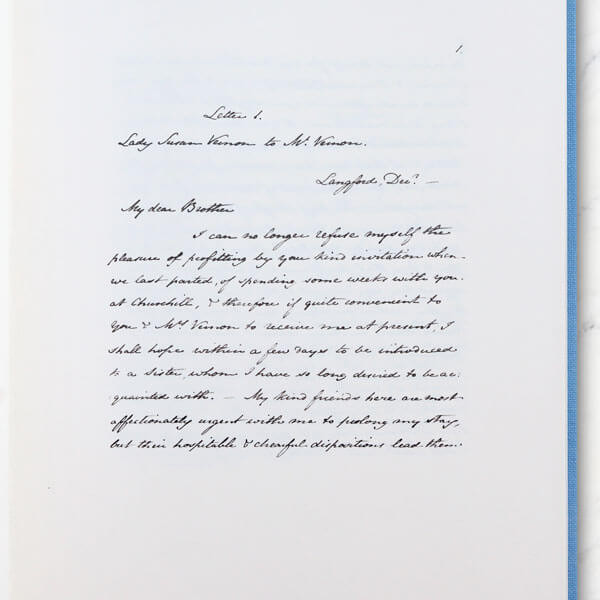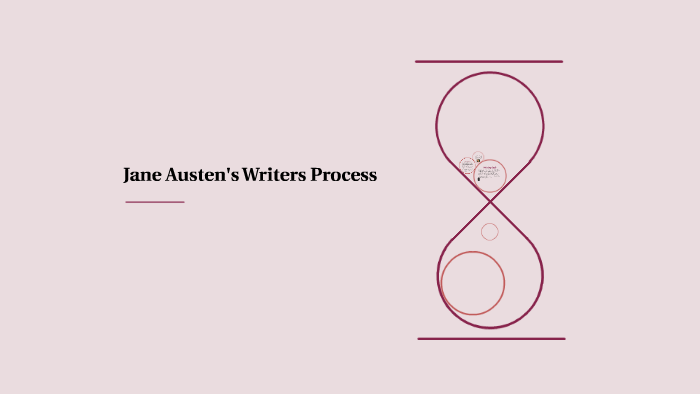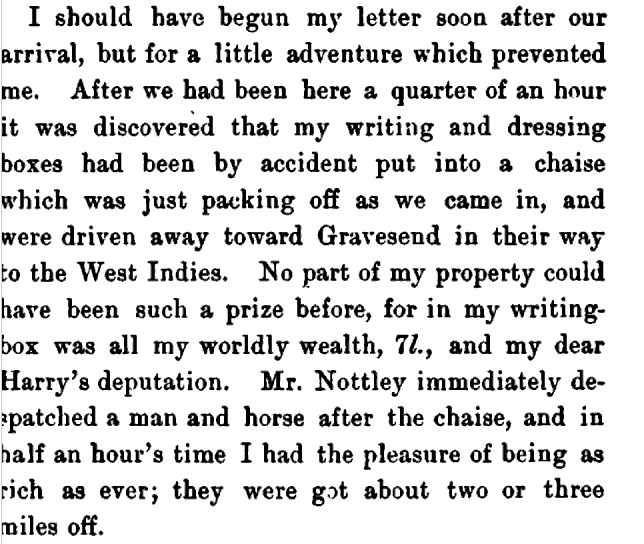Jane Austen is known for her sharp wit, clever wordplay, and ability to portray the intricacies of social dynamics in her writing. Her novels, which are set in the late 18th and early 19th centuries, offer a glimpse into the lives of the English gentry and the societal expectations that governed their relationships and interactions.
One of the most distinctive elements of Austen's writing style is her use of irony. She often uses irony to reveal the ridiculousness of certain social conventions or to expose the flaws and foibles of her characters. For example, in "Pride and Prejudice," the character of Mr. Darcy is initially portrayed as haughty and arrogant, but as the story unfolds, it becomes clear that his pride is actually a result of his insecurity and lack of social skills. Austen's use of irony allows her to critique the rigid class system of her time while also poking fun at the ridiculousness of some of its conventions.
Another notable aspect of Austen's writing style is her use of dialogue. She was a master of dialogue and was able to convey a great deal of information about her characters through their words and interactions with one another. In her novels, the characters' conversations often reveal their personalities, motivations, and social status. For example, in "Emma," the character of Emma Woodhouse is depicted as being clever and confident, but also prone to making rash decisions and acting on her own prejudices. This is evident in the way she speaks and interacts with others, and it serves as a key element in the development of her character throughout the novel.
Austen's writing is also notable for its subtlety and restraint. Despite the tumultuous events and strong emotions that often occur in her novels, she avoids melodrama and excessive sentimentality. Instead, she opts for a more understated and realistic approach, depicting the everyday lives and relationships of her characters with sensitivity and nuance.
Overall, Jane Austen's writing style is characterized by its wit, irony, clever dialogue, and subtlety. It is these elements that have made her novels enduring classics and have helped to cement her reputation as one of the greatest writers in English literature.
Jane Austen and Writing Style

The "Heroine who is Right" helps bring about the change in these other characters. Sadly and predictably, female success led not to applause but to the novel becoming devalued as a literary form. Austen wrote to her sister, Cassandra, in 1809 in reaction to the publication of Hanna More's popular novel Colebs in Search of a Wife, that "My disinclination for it before was affected, but now it is real; I do not like Evangelicals. New York: Knopf, 1998. Martin calls attention to that the setting of Thornfield is significantly more close to home than the two going before settings at Gateshead and Lowood. Jane Austen and the Body: The Picture of Health.
Styles and themes of Jane Austen

Sense and Sensibility was likewise a revision of a much earlier work. Austen was probably offering the first version of Pride and Prejudice, originally entitled First Impressions, which Jane had written over the course of the previous year. Temple, Helen Burns, and Mr. By her next birthday, she had abandoned the work. The six novels that constitute the Austen canon did not evolve in a straightforward way. Mansfield Park they become a recurring motif, reflecting the social change at the center of the novel. The purpose of the article is to prove that the individual author's style can be reconstructed due to different stylistic devices that help the reader to understand the message of a literary work more profoundly and take into account in the process of film adaptations.
(PDF) Interpreting Jane Austen's Writing Style: Adaptations of the Novel Northanger Abbey

She encourages the girl to focus on the relationships between the characters against a well-crafted backdrop of place: You are now collecting your people delightfully, getting them exactly into such a spot as is the delight of my life. Unlike any other Austen heroine, Emma has no pressing need to marry. Cambridge: Cambridge University Press, 1997. Chicago: University of Chicago Press, 1988. Catherine was completely awakened. Learning to write subject to constraints is almost always useful. The ink used by Jane was made from iron gall, which was tannin mixed with iron sulphate, some gum arabic and a little water.
Style and language Austen's style Pride and Prejudice: Advanced

Englewood Cliffs, NJ: Prentice-Hall, 1963. Cambridge: Cambridge University Press, 2005. Among a gallery of memorable and distinctive characters are Mr. Weston, of the neighboring property, Randalls. Bingley was good-looking and gentlemanlike; he had a pleasant countenance, and easy, unaffected manners.
What is Jane Austen's writing style?

More often than not, commentators express some limited sadness that Jane chose to remain single and miss out on the joys of married life, alleviated by relief that by refusing Bigg-Wither, the world gained her novels. It allows her to give us a vivid insight into the minds of her characters, but it can also be ambiguous: because the narrator does not tell us that they are sharing the thoughts of the character, we may not realise that this is what they are doing, and may mistake the point of view of a character for that of the narrator. Charlotte made a lady character that was equivalent to the male character. Having acquired the manuscript, the publisher did not think fit to make use of it, and in December, 1816, Henry Austen repurchased the novel. The Improvement of the Estate: A Study of Jane Austen's Novels. This type of novel focuses on the manners and conventions of the British middle classin Austen's work, specifically the landed gentry. Jane Austen In Context.
How Jane Austen Almost Walked Away From Writing ‹ Literary Hub

Life at Hartfield, Donwell, and Highbury is portrayed with complexity and economy. Today, she is regarded as one of the pioneers of the style, anticipating writers such as Virginia Woolf and James Joyce, who extended the use of this style of writing in novels of the early twentieth century. However, some of her biographers view that she died because of dehydration and malnourishment. Perhaps, to reach male readers, Austen has to dial down her judgements on society. Butler argues that Austen's novels are so structured, and thus conservative. Anne died in May 1849 due to the same disease of pulmonary tuberculosis.
She was a literary genius, and pioneered new writing techniques

Marianne is more "marketable" after her illness. Mixing these two styles may seem impossible, but layering neoclassicism and romanticism together was one of Austen's strong talents. The Daily Jane Austen: A Year of Quotes. He at that point continued to nearly participate in plural marriage by wedding Jane. Pride and Prejudice, Elizabeth goes through a process of error, recognition of error, remorse, and determination to do better. Cambridge: Cambridge University Press, 1992. He emphasizes that Austen's novels highlight the dangers of individualism; her heroines emerge from isolation and despair to be reinstated into society.







